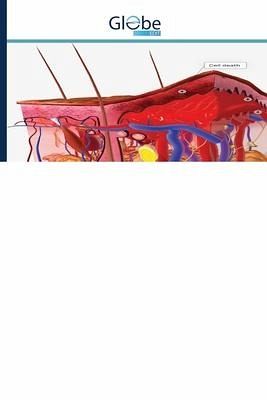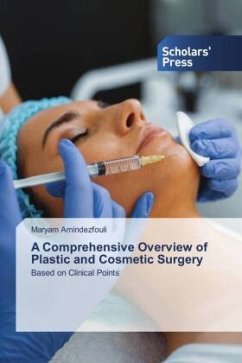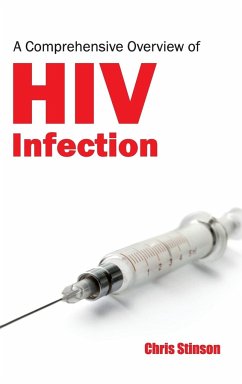
A Comprehensive Overview of the Diagnosis and Treatment
Versandkostenfrei!
Versandfertig in 6-10 Tagen
36,99 €
inkl. MwSt.

PAYBACK Punkte
18 °P sammeln!
Wounds can be open, with broken skin and exposed body tissue, or closed when there is damage to tissue under intact skin. Closed wounds are often caused by blunt trauma, and though the injured tissue is not exposed, there can be bleeding and damage to underlying muscle, internal organs and bones. In this book, we have four chapters to describe comprehensive overview of the diagnosis and treatment of wounds based on the tips of various dressings and surgical methods (including: introduction, General Classification of Dressing Types, Types of Surgical Wounds, The relationship between the probabi...
Wounds can be open, with broken skin and exposed body tissue, or closed when there is damage to tissue under intact skin. Closed wounds are often caused by blunt trauma, and though the injured tissue is not exposed, there can be bleeding and damage to underlying muscle, internal organs and bones. In this book, we have four chapters to describe comprehensive overview of the diagnosis and treatment of wounds based on the tips of various dressings and surgical methods (including: introduction, General Classification of Dressing Types, Types of Surgical Wounds, The relationship between the probability of infection and the magnitude of surgery). The most common symptoms of wounds are pain, swelling and bleeding. Depending on the location and type of injury, some wounds will hurt, bleed and swell more than others. Minor wounds, like cuts, scrapes, bruises and scratches, are very common and usually don't require medical attention; but some, including infected wounds, require treatment to preserve function and prevent complications. Signs of an infected wound include soreness, redness, oozing and pus in the wound.












